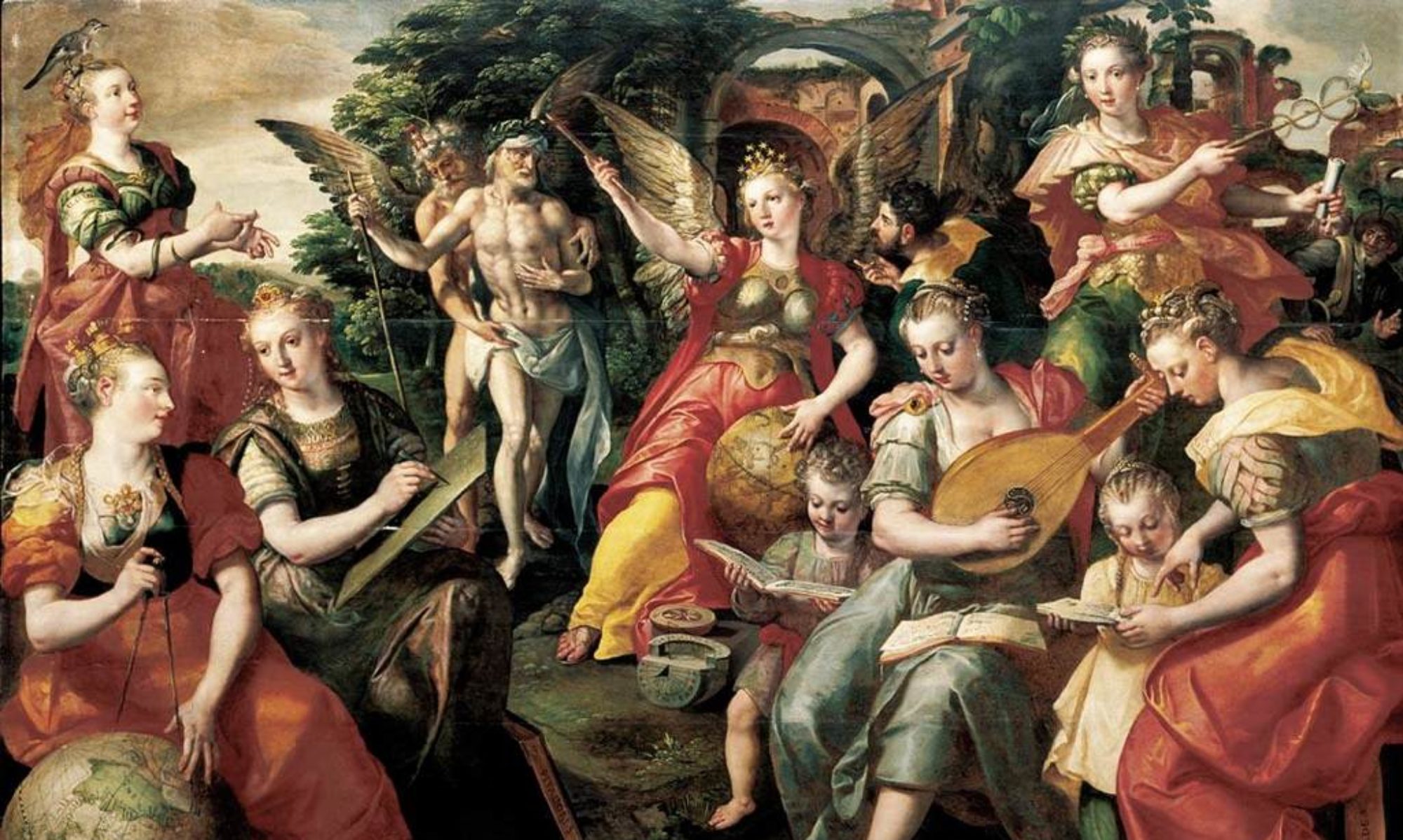Italian Studies and the Origins of Interdisciplinarity
Enrico Carnevali (University of Chicago) – “Perché le scienze ancor son molte”: Tasso and the Framing of the New Intellectual
Since his first years in Ferrara as a young intellectual and courtier, Tasso publicly advocates the need for interdisciplinarity among different branches of knowledge in pupils and youths’ education. According to Tasso, this was urgently required due to the social changes that occurred in the previous decades, and because of the absolute centrality acquired by the court in public life.
Thus, by developing on the classic dichotomy of the «vita contemplativa» versus «vita attiva», Tasso not only shows early on a deep interest in politics, but he soon comes to esteem it as an essential link between those two different spheres of human achievement. Hence, having completed the Gerusalemme liberata but still confined in St. Anna, it is through his Dialoghi that the now self-defined «political philosopher» Tasso attempts to finally put into practice his claim for interdisciplinarity. And he will precisely do that by bonding together, in his dialogues, literature, politics, and pedagogy.
It is against this backdrop that my paper aims to demonstrate that Tasso’s ultimate goal is to propose a new model of intellectual, who may be ideally able to master both theoretical knowledge and practical insights.
Emma Pcolinski (Indiana University Bloomington) – Feminine Reception of Lucretia: A Study in Visual and Textual Representations
This conference paper focuses on Roman Lucretia and her role in visual and literary Italian tradition of the late Middle Ages and early Renaissance. Specifically, I am interested in her representation on the Florentine cassone, or marital chest, and the implications that had on a domestic, feminine reception of such a figure. The cassone functioned as a container for the dowry and counter-dowry of a wealthy bride, transported in a procession from her paternal to marital home. Throughout the 15th and into the early 16th century, the sides of the chest were decorated with painted, narrative scenes; these were meant to instruct a young woman on her wifely duties, serving as moral guidance in the first days of her marriage. Lucretia is a typical subject for this domestic object, teaching chastity, familial obligation, and the role of the woman in the State.
In this paper, I will examine the iconography of Lucretia in the cassone tradition by first looking at panel series that recount her tale according to Livy in his Ab urbe condita. By looking at these visual narratives, it is clear what women were to garner from this exemplary figure. After establishing the visual tradition, I will then move to implications on literary texts that adopt Lucretia. First, I will look to Petrarch’s Trionfo della Pudicizia, in which Lucretia is among the many exceptional women who triumph over love. Particularly fascinating about Petrarch’s work is the vast visual reception in Florence, especially on cassoni. This will deepen the understanding of the Florentine and feminine idea of Lucretia. Next, I will move to Machiavelli’s Lucrezia of the Mandragola. Here, my focus will be on what women would have understood from this alternative to exemplary female behavior given the visual context.
The cassone provides a unique space for interdisciplinary study. When looking to feminine reception of the Florentine 15th and 16thcenturies, neither the visual nor literary text is complete without the other. By taking this interdisciplinary approach, we are better able to understand how Florentine women of the Renaissance read.
Giovanni Vedovotto (University of Notre Dame) – Allegory in Tasso’s Jerusalem Conquered and Judgment
My paper focuses on the theories concerning allegory in the late production of Torquato Tasso, aiming to offer a comparison between his stance concerning this rhetorical device in his mature production and his rigid approach shown in his juvenile works, such as the Poetical Letters and the Allegory of the Epic Poem. In the Jerusalem Conquered the allegory is not only accepted, but it also becomes the constitutional element of the epic poem, along with history. At the final point of Tasso’s career, the allegory is described as “an excess of truth”, an expedient he uses so as to make the marvelous episodes of the poem believable. A philological approach to the text reveals a marked change in Tasso’s critical and theoretical stance: a close reading of the Judgement on the “Jerusalem” reformed, written by Tasso himself, is key to better understand this shift in Tasso’s opinion on allegory, while a few examples of the Jerusalem Conquered will offer a practical specimen of the last Tasso’s modus scribendi.
